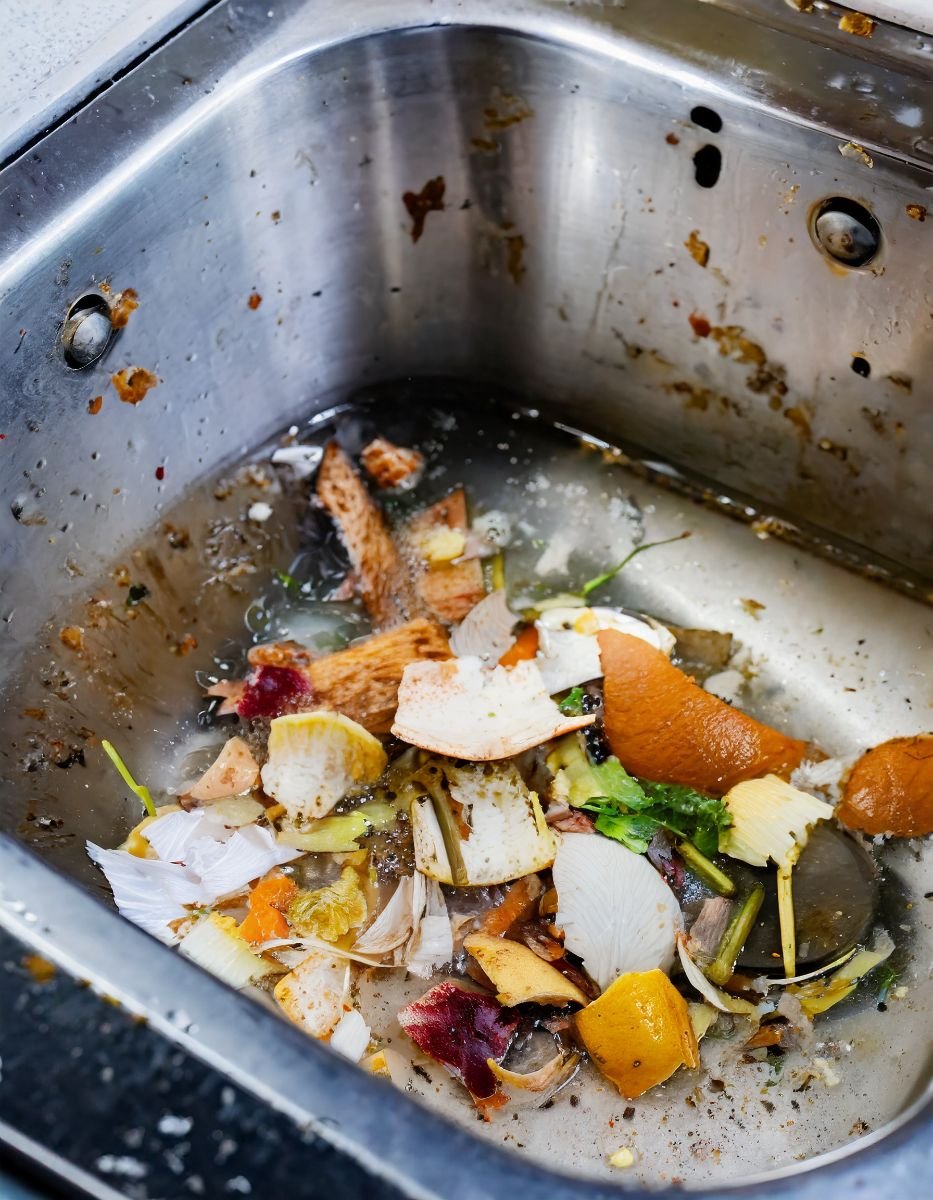In modern kitchens, a garbage disposal often takes care of food scraps, whisking them away with the flip of a switch. However, not everyone has the luxury of such a device, and even those who do might seek more environmentally friendly methods to manage organic waste.
Navigating kitchen waste without a disposal requires a bit of strategy and a commitment to sustainable practices. From minimizing the amount of waste produced to finding alternative methods for disposal, each step is a move towards a more efficient and eco-friendly kitchen.
1. Minimize Waste at the Source
Plan Meals: Consider your meal planning and shopping habits. Aim to buy only what you need, focusing on consuming fresh produce before it spoils.
Use Leftovers: Get creative with leftovers to ensure that food isn’t wasted. Consider dishes that can be made from remnants of other meals.
2. Separate Organic Waste
Use a Compost Bin: One of the most environmentally friendly methods for food scrap disposal is composting. Keep a small, sealed compost container in your kitchen to collect scraps. Transfer them regularly to your larger compost bin outside.
Understand What to Compost: Know what materials are compostable. Fruits, vegetables, coffee grounds, eggshells, and grains are typically good to compost, while meats and dairy products are not recommended for a backyard compost.
3. Store Scraps Temporarily
Freeze Them: If you can’t immediately dispose of your food scraps or compost them, consider freezing them. This can reduce odors and pests until you can properly dispose of or compost the waste.
4. Alternative Disposal Methods
Feed Animals: Some people choose to feed suitable food scraps to pets or even local farm animals, where appropriate and safe.
Bokashi Fermentation: This method involves fermenting food waste, including meats and dairy, in a sealed container before eventually burying it in the garden.
5. Community Solutions
Municipal Compost Programs: Check if your community offers a composting program. Many towns provide services to collect organic waste, turning it into compost for community use.
Community Gardens: Some community gardens accept food scraps for their composting efforts.
6. Prevent Drain Issues
Use a Sink Strainer: To prevent clogs, always use a sink strainer when washing dishes to catch any food remnants.
Properly Dispose of Oils and Grease: Never pour oils or grease down the sink. Instead, let them cool and solidify, then scrape into the trash or a container for proper disposal.
7. Regular Cleaning
Clean Containers Regularly: Whether using a compost bin or any other container for temporary food scrap storage, clean it regularly to prevent odor and pests.
8. Educate and Involve
Family Participation: Educate all household members about the importance and methods of food scrap disposal. Encourage everyone to participate in minimizing and properly disposing of waste.

I live in an apartment and I would put a small bowl of scraps outside my door once things like tuna water it was always empty. When I looked again, I would bring the bowl in to the area animals would know when the bowl is there there’s food and when it’s not there’s not.